The United States is home to an incredible diversity of wildlife, with each state offering unique ecosystems and opportunities for animal encounters. From majestic grizzly bears in Montana to alligators in Florida’s wetlands, wildlife watching has become a popular activity for nature enthusiasts and casual observers alike. With advances in technology and growing citizen science initiatives, wildlife sightings are being documented more than ever before. This article explores the 12 U.S. states that boast the highest number of wildlife sightings, examining the factors that contribute to their rich biodiversity and the iconic species that call these regions home.
Alaska America’s Last Great Wilderness
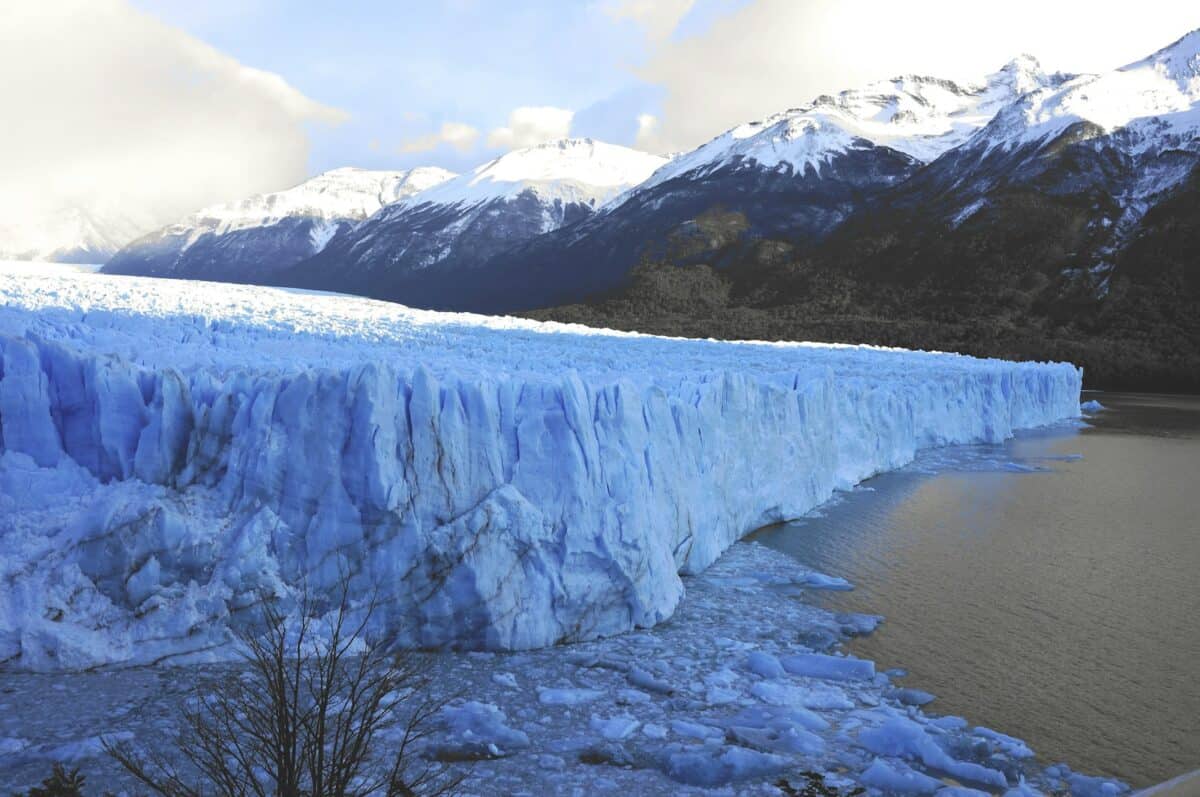
Alaska easily claims the top spot for wildlife sightings in the United States, with its vast, largely undeveloped landscapes providing ideal habitat for numerous species. Spanning over 663,000 square miles with a human population of just over 730,000, Alaska offers wildlife the space to thrive without significant human interference. The state is home to an estimated 30,000 brown bears, 100,000 black bears, and roughly 900,000 caribou. Denali National Park alone hosts 39 mammal species, 169 bird species, and numerous fish and amphibians. Visitors routinely report sightings of moose, wolves, Dall sheep, and bald eagles throughout the state. Marine wildlife is equally abundant, with whale watching tours regularly spotting humpback whales, orcas, and sea otters along Alaska’s 6,640-mile coastline. The state’s commitment to conservation, with over 100 million acres of protected land, ensures these wildlife populations will continue to thrive for generations to come.
Montana Big Sky Country’s Diverse Ecosystems

Montana’s varied landscape of mountains, plains, and river valleys creates diverse habitats that support abundant wildlife populations. The state is perhaps best known for Yellowstone National Park’s northern region, which hosts the largest concentration of mammals in the lower 48 states. Montana’s wildlife highlights include grizzly bears, with approximately 1,000 bears in the Greater Yellowstone Ecosystem and Northern Continental Divide. The state is also home to roughly 5,000 wolves, 170,000 elk, and North America’s largest migratory herd of pronghorn antelope. Glacier National Park serves as another wildlife hotspot, where visitors regularly report sightings of mountain goats, bighorn sheep, and the elusive wolverine. Montana’s extensive network of rivers and lakes supports vibrant populations of cutthroat trout, creating opportunities for wildlife spotting during fishing excursions. The state’s relatively low human population density of just 7.1 people per square mile contributes significantly to its status as a wildlife haven, allowing animals to roam with minimal human interference.
Wyoming Yellowstone’s Wildlife Wonderland

Wyoming stands out as a premier wildlife viewing destination, largely due to Yellowstone and Grand Teton National Parks. With the lowest population density in the contiguous United States at just 6 people per square mile, Wyoming’s wildlife enjoys vast, uninterrupted habitats. Yellowstone National Park alone reports over 300 species of birds, 16 fish species, 5 amphibian species, 6 reptile species, and 67 mammal species. The reintroduction of wolves to Yellowstone in 1995 has created one of the most studied predator-prey systems in the world, with over 100 wolves now roaming the Greater Yellowstone Ecosystem. The park is also home to North America’s largest public herd of American bison, numbering approximately 5,000 animals. Wildlife watching contributes significantly to Wyoming’s economy, with over 4 million visitors to Yellowstone annually, many specifically seeking wildlife encounters. The state’s commitment to conservation is evident in its management of 18.5 million acres of public lands, ensuring wildlife corridors remain intact and habitats protected.
Colorado Rocky Mountain Wildlife Corridor
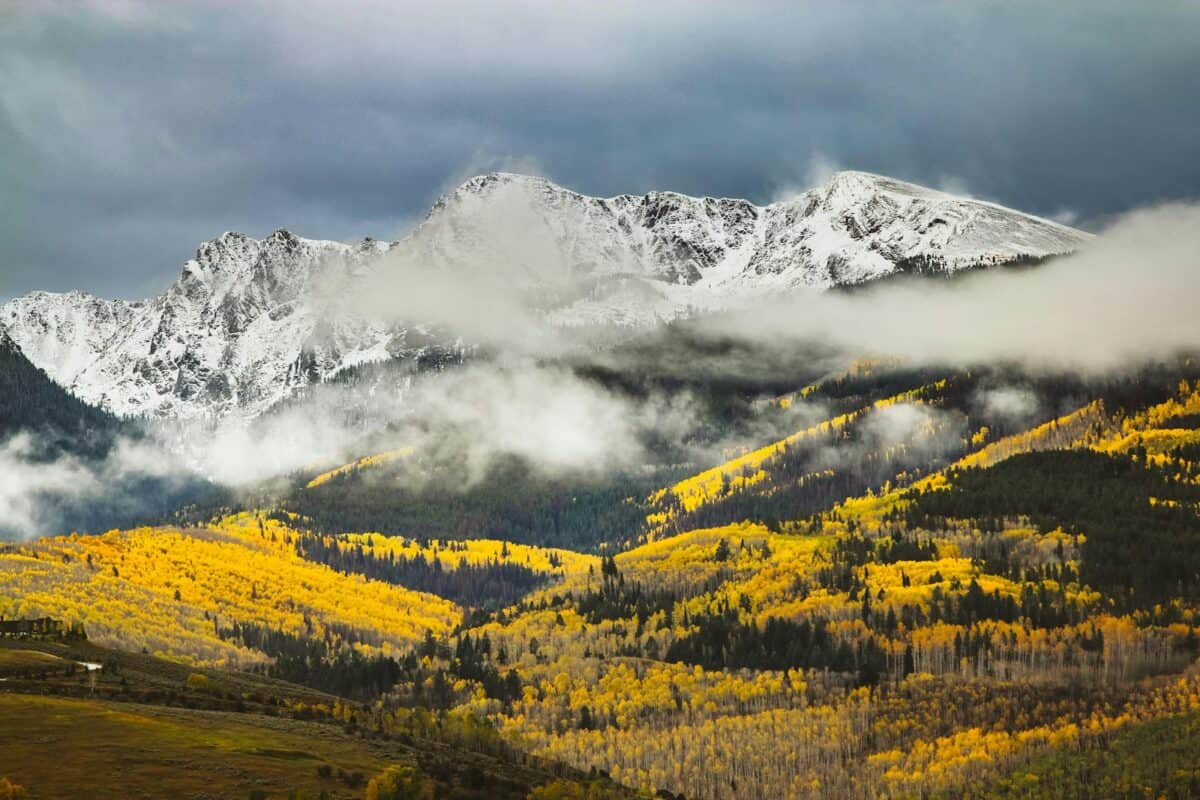
Colorado’s dramatic elevation changes create multiple ecological zones that support diverse wildlife populations. The state’s Rocky Mountain National Park alone hosts over 60 mammal species and 280 recorded bird species across its varied terrains. Colorado is especially known for its elk population, estimated at 280,000 animals – the largest in North America. During the fall rut, the sound of bugling elk echoes through mountain valleys, drawing wildlife enthusiasts from around the world. The state has also seen successful reintroduction efforts for species like the Canada lynx, with roughly 150-200 now residing in Colorado’s high country. Moose sightings have increased dramatically since their reintroduction in the 1970s, with the population now exceeding 3,000 animals. Colorado’s Division of Wildlife reports over 960 species of wildlife inhabit the state, including 750 native species. The expanding Colorado Birding Trail now connects 800 wildlife viewing sites across the state, facilitating approximately 1.9 million wildlife watching trips annually, which generate over $1.8 billion in economic impact.
Florida Subtropical Wildlife Paradise

Florida’s unique position as a subtropical peninsula creates conditions for exceptional biodiversity and wildlife sightings. The state boasts over 700 terrestrial animals, 200 freshwater fish species, and 1,000 marine fish species in its waters. The Everglades ecosystem alone supports more than 360 bird species, 300 fish species, 40 mammal species, and 50 reptile species. Florida is perhaps best known for its approximately 1.3 million American alligators, which can be observed in wetlands throughout the state. Manatee viewing is another wildlife highlight, with about 7,500 of these gentle marine mammals inhabiting Florida’s coastal waters and springs. The state serves as crucial habitat for endangered species like the Florida panther, with the remaining population of approximately 120-230 animals representing the last wild pumas east of the Mississippi. Florida’s wildlife management areas encompass 5.9 million acres of lands open for wildlife viewing. The growing popularity of wildlife tourism generates over $9 billion annually for Florida’s economy, with more than 4.3 million participants in wildlife viewing activities each year.
California Coastal to Alpine Wildlife Diversity

California’s extraordinary geographic diversity creates unparalleled wildlife viewing opportunities across multiple ecosystems. From coastal marine sanctuaries to high alpine zones, the state supports more species diversity than any other in the continental United States. California hosts approximately 650 bird species, 220 mammal species, 100 reptile species, 75 amphibian species, and 70 freshwater fish species. The state’s coastal waters provide exceptional marine wildlife viewing, with regular sightings of gray whales during their 12,000-mile migration, the longest of any mammal. The Channel Islands support unique subspecies, including the diminutive island fox. Inland, California’s Sierra Nevada mountains host black bears at a density of approximately one bear per square mile in some regions. The state has invested heavily in wildlife conservation, with the California Department of Fish and Wildlife managing over 1.1 million acres of wildlife habitat and ecological reserves. Despite its large human population, California maintains robust wildlife populations through innovative conservation programs and extensive protected lands, which encompass nearly 47% of the state’s total area.
Arizona Desert and Sky Island Wildlife Haven
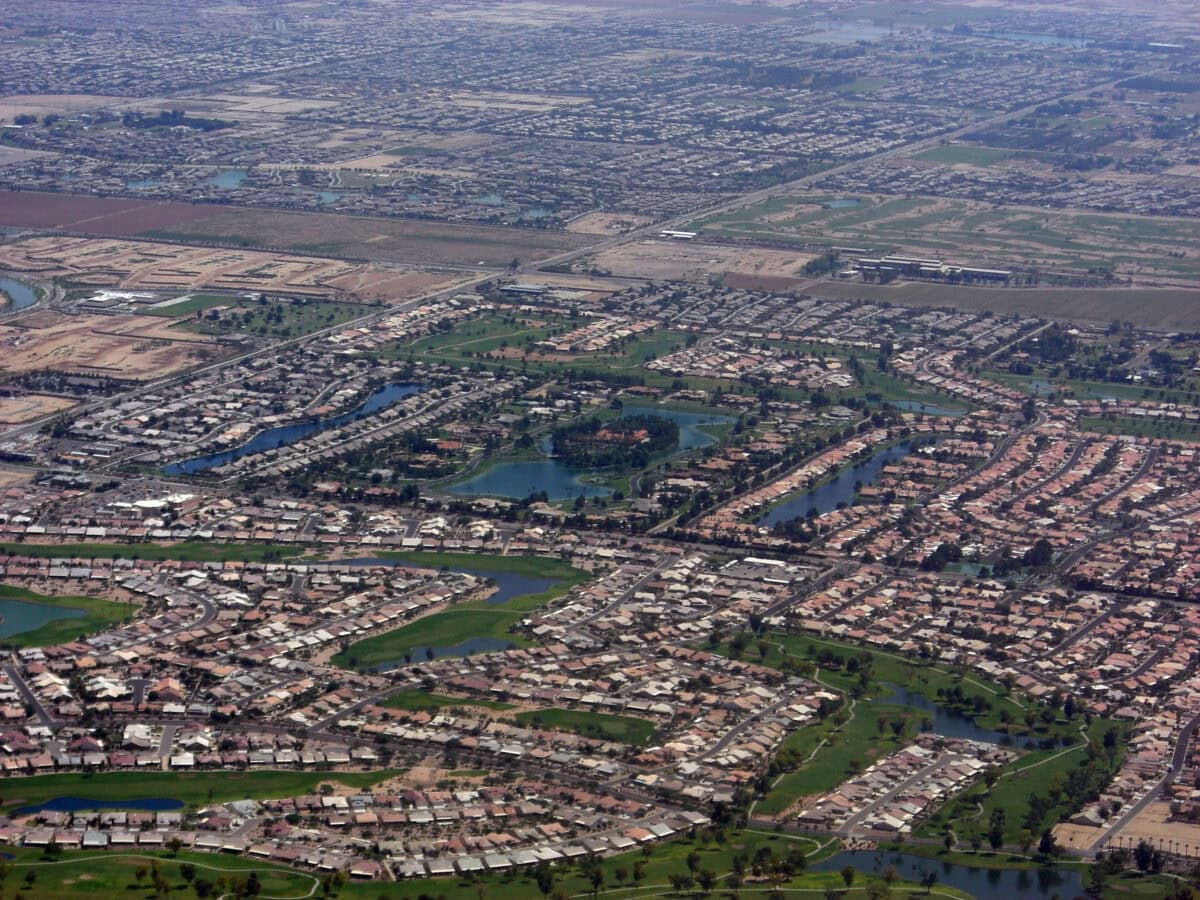
Arizona’s diverse topography creates unique “sky island” habitats where isolated mountain ranges rise from surrounding desert basins, supporting remarkable biodiversity. The state is home to approximately 550 vertebrate species, including 83 mammals, 297 birds, 72 reptiles, and 33 amphibians. Arizona provides habitat for the highest diversity of rattlesnake species in the nation, with 13 different species identified. The reintroduction of the Mexican gray wolf to Arizona’s forests has been a significant conservation success, with approximately 186 wolves now living in the wild. Birdwatchers flock to southeastern Arizona’s Madera Canyon, where over 250 bird species have been documented. The Grand Canyon state also hosts the nation’s densest population of nesting bald eagles in the desert, with more than 67 breeding pairs. Arizona Game and Fish Department manages 50 wildlife areas specifically for wildlife conservation and viewing opportunities. Unique to Arizona is the opportunity to view rare species like the jaguar, with occasional sightings documented in the borderlands region, representing the northernmost range of this magnificent cat species in the Americas.
Texas Vast Landscapes and Wildlife Corridors
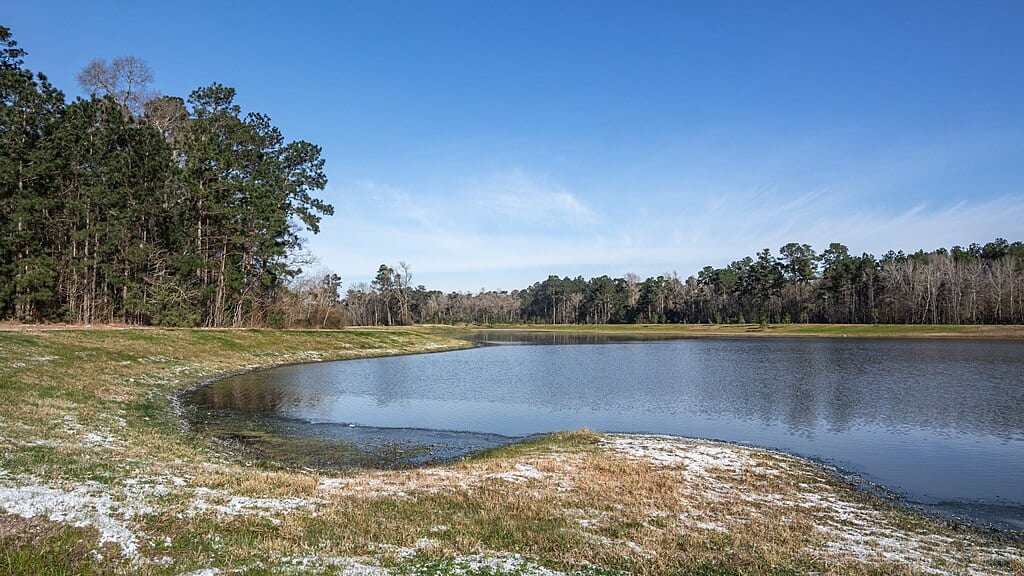
Texas stands as a wildlife watching powerhouse due to its sheer size and ecological diversity spanning coastal marshes to desert mountains. The state hosts more bird species than any other in the U.S., with approximately 650 documented species representing 75% of all bird types recorded in the country. The Central Flyway migration route passes directly through Texas, creating spectacular seasonal bird watching opportunities. The state’s mammal diversity is equally impressive, with 142 species including the largest bat colony in the world at Bracken Cave, where approximately 20 million Mexican free-tailed bats roost. The Edwards Plateau region hosts the highest concentration of white-tailed deer in the nation, with populations exceeding 1.5 million animals. Texas Parks and Wildlife Department manages 1.4 million acres of public lands across 95 state parks and wildlife management areas specifically for conservation and recreation. The Gulf Coast region alone supports 29% of all coastal wetlands on America’s mainland, providing essential habitat for approximately 400 bird species and countless marine organisms. Despite its widespread development, Texas maintains wildlife corridors and protected areas that facilitate over 4.4 million wildlife watching trips annually.
Washington Pacific Northwest Biodiversity

Washington State’s environmental diversity, from rainforests to alpine meadows, supports extraordinary wildlife viewing opportunities. The Olympic Peninsula’s temperate rainforest, receiving up to 150 inches of annual rainfall, creates habitat for unique species like the Roosevelt elk, with approximately 5,000 animals representing the largest remaining population of this subspecies. Marine wildlife is particularly abundant, with three resident orca pods comprising about 75 individuals that inhabit Puget Sound year-round. The San Juan Islands provide reliable wildlife watching for harbor seals, Dall’s porpoises, and various seabirds. Washington hosts the largest concentration of nesting bald eagles in the continental United States, with over 1,600 occupied nesting territories. The state’s eastern regions offer opportunities to view large mammals like moose, with a population of approximately 5,000 animals concentrated primarily in northeastern counties. Washington’s Department of Fish and Wildlife manages nearly one million acres of land specifically for wildlife conservation and public access. The state’s commitment to wildlife corridors is evident in projects like the I-90 Snoqualmie Pass East Project, which has constructed numerous wildlife crossings to maintain habitat connectivity across major transportation routes.
Oregon Coast to Desert Wildlife Diversity

Oregon’s dramatic gradient from coastal rainforests to high desert creates exceptional conditions for wildlife diversity and viewing opportunities. The state hosts approximately 460 native wildlife species including 83 mammals, 341 birds, and 134 fish species. Roosevelt elk are frequently spotted in Oregon’s coastal forests, with a population of approximately 59,000 animals. The Klamath Basin National Wildlife Refuge Complex serves as one of the Pacific Flyway’s most crucial stopover points, hosting the largest concentration of bald eagles in the continental United States during winter months, with up to 1,000 eagles gathered at peak times. Oregon’s marine reserves protect rich ecosystems where visitors regularly observe gray whales, sea lions, and harbor seals. The high desert region of eastern Oregon provides habitat for pronghorn antelope, with approximately 25,000 animals representing the fastest land mammal in North America. Oregon Department of Fish and Wildlife manages 16 wildlife areas encompassing more than 200,000 acres specifically for wildlife conservation and public viewing. The state’s relatively low human population density in many regions contributes to robust wildlife numbers, with approximately 1.7 million residents participating in wildlife watching activities annually.
Idaho Wilderness Wildlife Stronghold
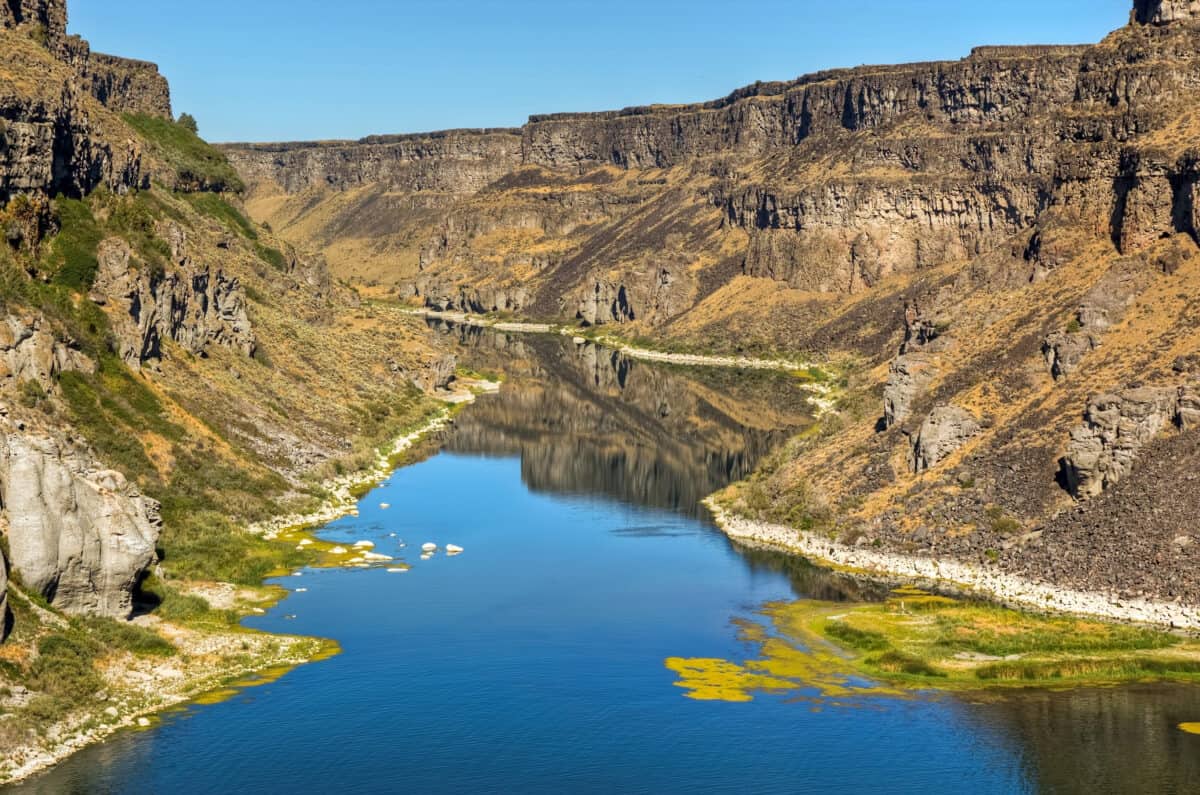
Idaho’s vast wilderness areas and varied topography create ideal conditions for wildlife to thrive far from human disturbance. The state contains the largest contiguous federally managed wilderness in the lower 48 states – the Frank Church-River of No Return Wilderness – spanning 2.3 million acres where wildlife roams largely undisturbed. Idaho supports approximately 20,000 elk, 120,000 mule deer, and 350,000 white-tailed deer across diverse habitats. The state has emerged as a stronghold for gray wolves since reintroduction efforts began in 1995, with the population now stable at approximately 1,500 animals. Idaho’s Salmon River provides critical habitat for wild steelhead and chinook salmon, with annual migrations drawing wildlife enthusiasts and photographers. The Snake River Birds of Prey National Conservation Area hosts North America’s highest concentration of nesting raptors, with over 800 pairs of hawks, eagles, falcons, and owls breeding within its boundaries. Idaho Fish and Game manages 31 Wildlife Management Areas encompassing nearly 360,000 acres specifically for wildlife conservation and public access. Despite increasing development pressures, Idaho’s commitment to maintaining large, connected wildlife habitats has preserved exceptional viewing opportunities across the state’s varied landscapes.
Utah Red Rock and Alpine Wildlife

Utah’s dramatic topography creates diverse wildlife habitats ranging from red rock deserts to alpine forests. The state hosts approximately 600 vertebrate wildlife species, including 78 mammals, 319 birds, 61 reptiles, and 31 amphibians. Utah is particularly known for its desert bighorn sheep population, with approximately 4,500 animals inhabiting the state’s spectacular canyon country. The Henry Mountains is home to the only free-roaming, genetically pure American bison herd in the nation, with roughly 300-500 animals. Utah’s vast public lands, which comprise nearly 70% of the state, provide extensive wildlife habitat and viewing opportunities. The Great Salt Lake ecosystem supports millions of migratory birds annually, with peak numbers reaching 5 million birds from over 250 species during migration seasons. Utah’s Division of Wildlife Resources actively manages wildlife viewing programs at 100 designated watchable wildlife sites throughout the state. The state has invested in wildlife crossings along major transportation corridors, with 50 structures now facilitating safe passage for migrating species. Despite its arid reputation, Utah’s water sources create wildlife concentration points where observers regularly report exceptional sighting opportunities of species ranging from pronghorn antelope to mountain lions.
Conclusion: America’s Wildlife Treasure Trove

The diversity and abundance of wildlife across these 12 states reflect America’s rich natural heritage and ongoing conservation efforts. From Alaska’s pristine wilderness to Florida’s subtropical wetlands, these regions demonstrate how varied ecosystems support unique wildlife assemblages that continue to captivate observers. The high number of wildlife sightings in these states can be attributed to several factors: extensive protected lands, diverse habitats, successful conservation initiatives, and in many cases, relatively low human population densities. As climate change and habitat fragmentation pose increasing challenges to wildlife populations, the value of these wildlife-rich states as refuges for biodiversity becomes even more significant. For wildlife enthusiasts planning their next adventure, these 12 states offer unparalleled opportunities to connect with America’s remarkable fauna in their natural settings, while supporting conservation through sustainable wildlife tourism.
- 12 Birds That Change Color Seasonally - August 25, 2025
- 12 Secrets of the Animal Kingdom You Did Not Know - August 25, 2025
- 14 Surprising Places You Can Spot Rare Birds - August 25, 2025

